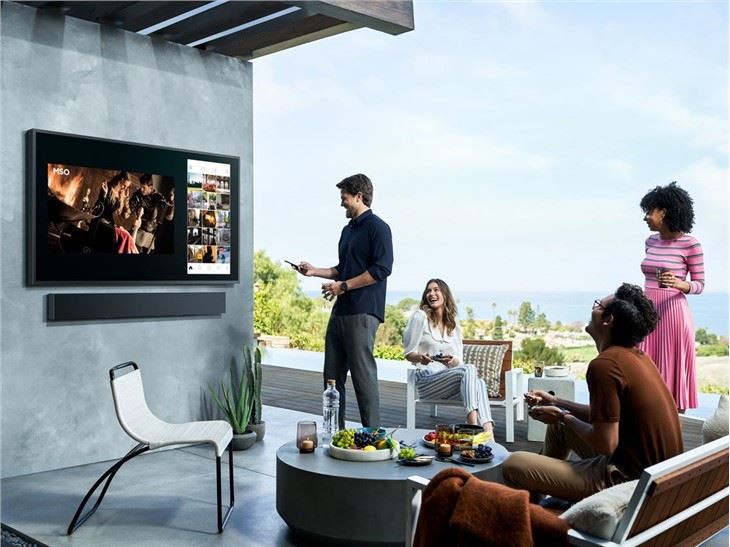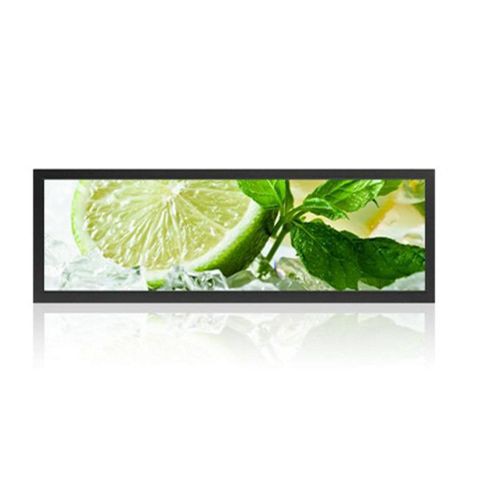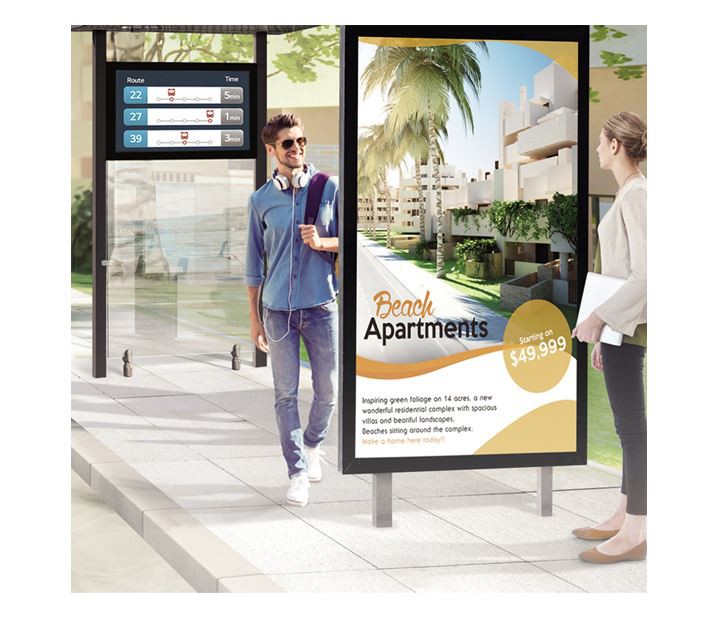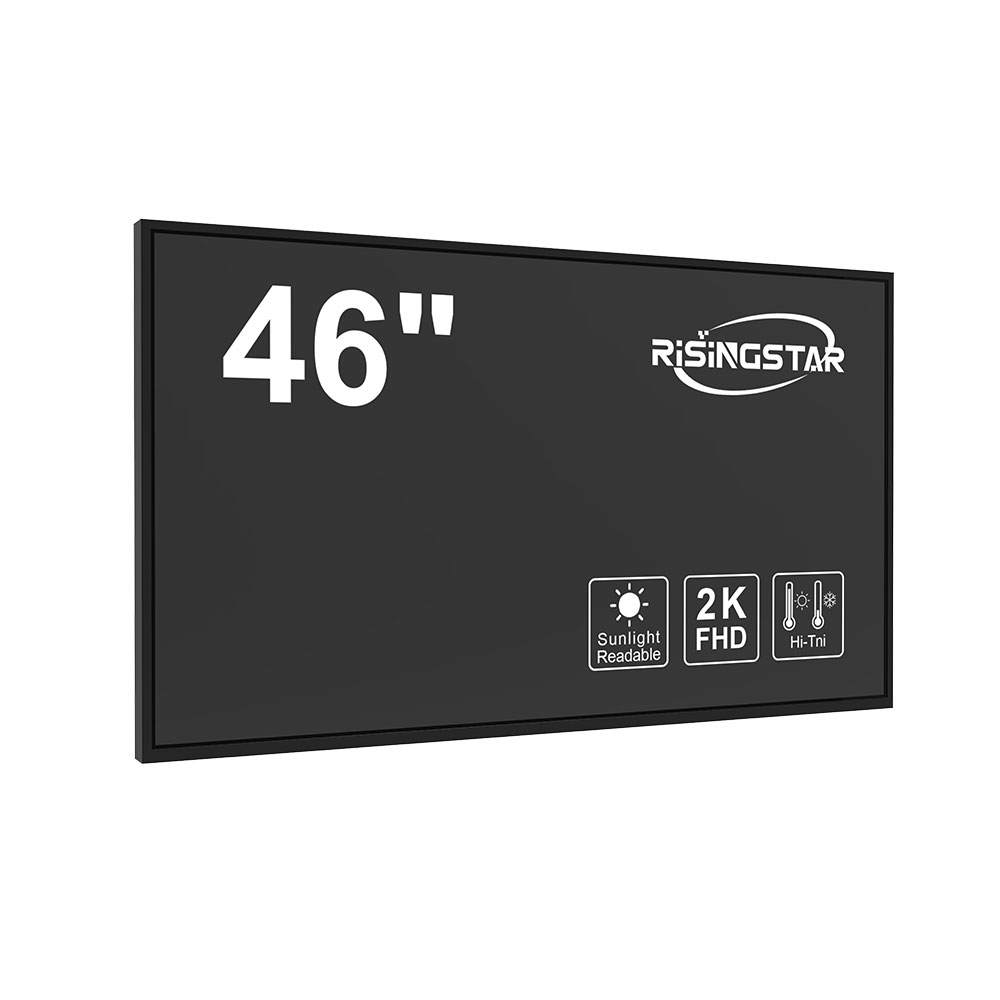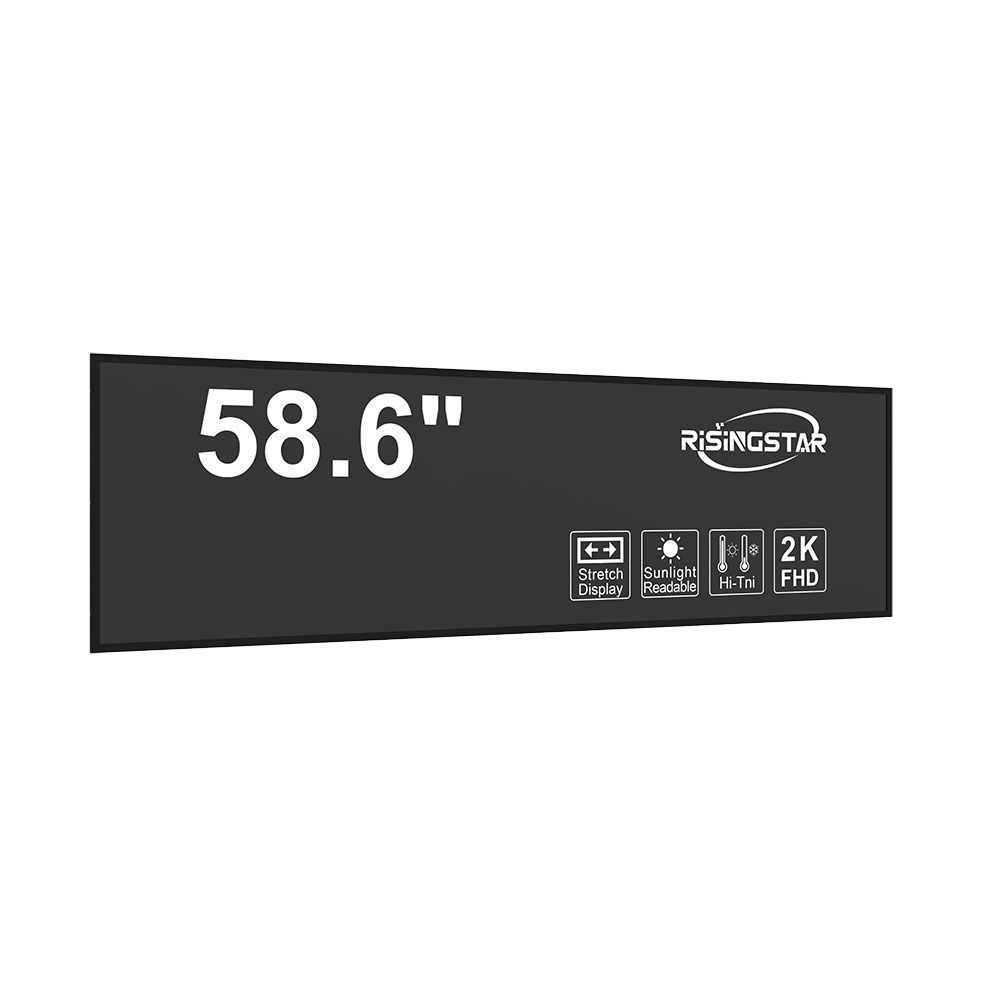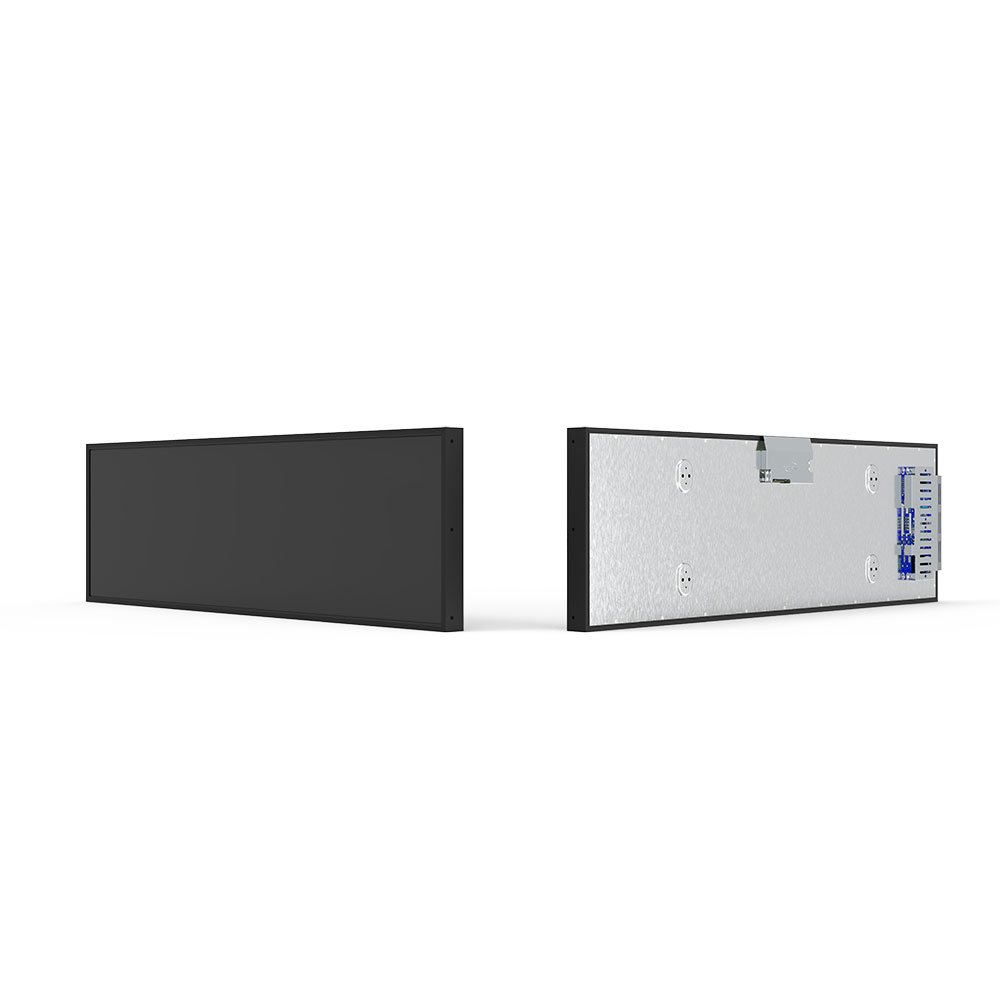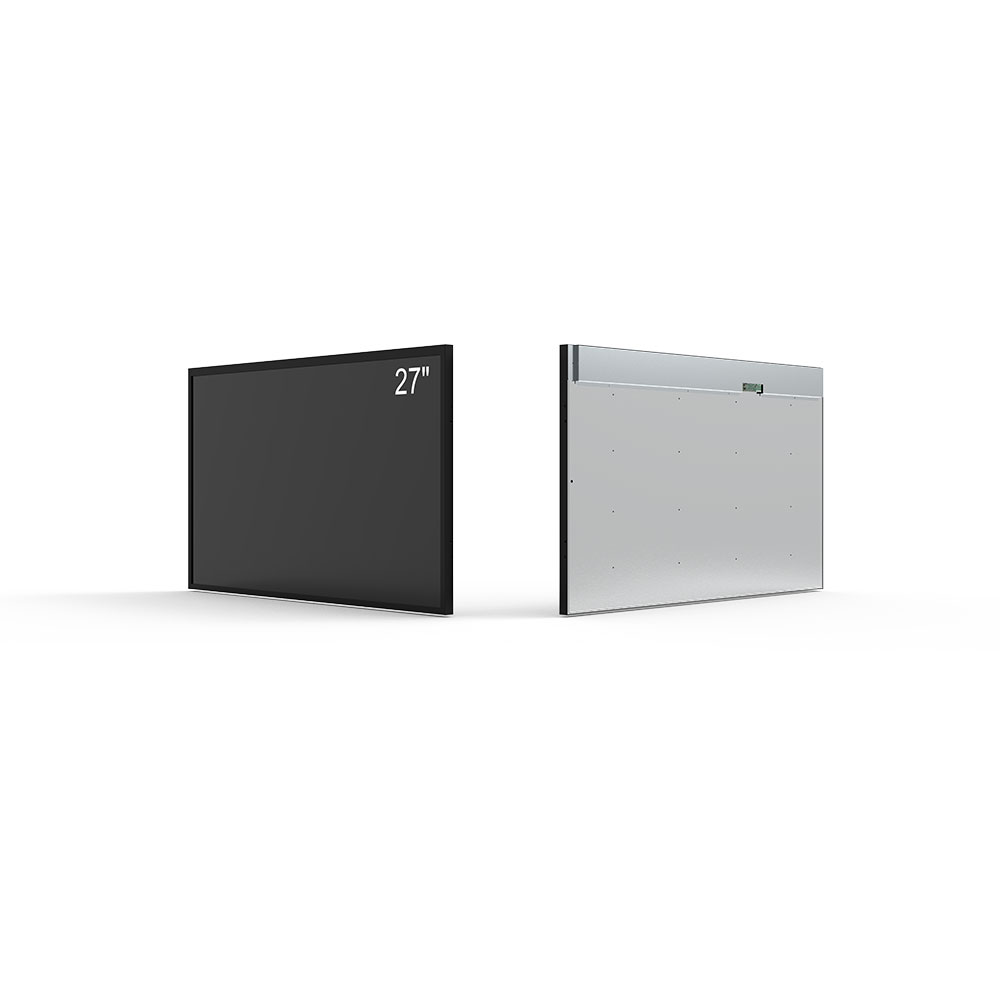High-brightness sunlight-readable LCD screens are critical components in military, aerospace, industrial automation, and outdoor public information systems where visibility under direct sunlight is essential. Unlike standard LCDs, these displays are engineered to maintain clarity, contrast, and color accuracy even in extreme lighting conditions—such as bright midday sun (up to 100,000 lux), high ambient temperatures, and vibration-prone environments. The core design challenge lies in balancing brightness, power efficiency, and longevity while ensuring compliance with international standards like MIL-STD-810 for ruggedization and ISO 9241-3 for human factors in display usability.
The key technology behind sunlight readability is the use of ultra-high-brightness backlighting—typically LED-based—with luminance levels ranging from 5,000 to 10,000 nits. This is significantly higher than consumer-grade LCDs (which usually peak at 500–1,000 nits). For example, a recent case study by Rockwell Collins demonstrated that a 7,000-nit display used in an aviation cockpit maintained full legibility at 80,000 lux without glare or image degradation—a requirement for FAA-certified avionics. Additionally, anti-reflective coatings, polarization filters, and optimized diffuser layers reduce surface reflection by up to 95%, enabling consistent performance across varying angles and light directions.
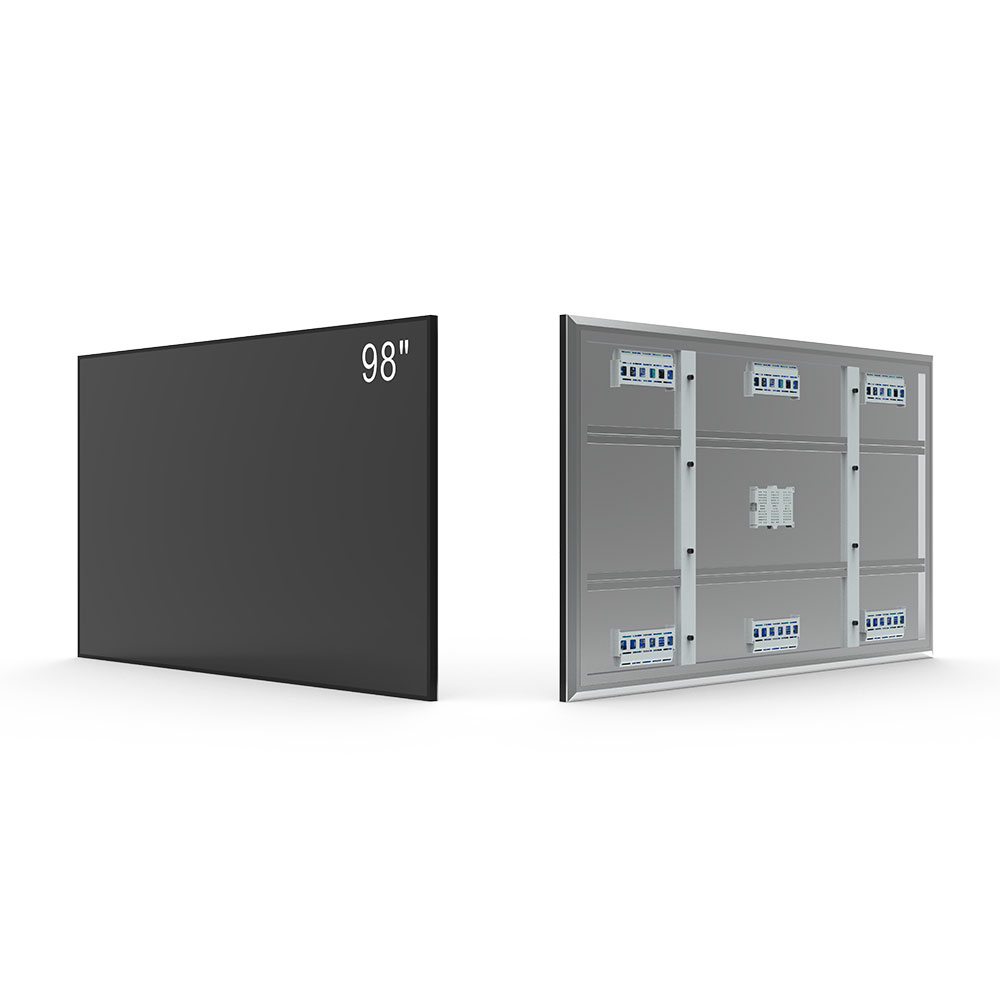
Material selection also plays a pivotal role. Industrial-grade LCDs often incorporate Gorilla Glass or chemically strengthened glass for scratch resistance, while the panel’s internal structure uses wide-viewing-angle technologies such as IPS (In-Plane Switching) or VA (Vertical Alignment) to ensure visibility from multiple perspectives. According to a 2023 report by MarketsandMarkets, the global demand for high-brightness displays is projected to grow at a CAGR of 7.3% through 2028, driven primarily by defense applications, smart transportation systems, and IoT-enabled outdoor kiosks.

Thermal management is another engineering priority. In military vehicles or solar-exposed machinery, internal temperature can exceed 60°C. To mitigate thermal stress, manufacturers integrate heat sinks, thermal interface materials (TIMs), and active cooling mechanisms like micro-fans or Peltier elements. These solutions not only extend screen lifespan but also prevent pixel burn-in or premature failure due to overheating.
Finally, software integration is increasingly important. Modern sunlight-readable displays often include automatic brightness adjustment via ambient light sensors (ALS), which dynamically adapt output intensity based on real-time environmental conditions. This feature improves energy efficiency—especially vital in battery-powered devices—and enhances user experience by reducing eye strain in both bright and dim environments.
These advanced engineering principles, supported by rigorous testing protocols and adherence to industry standards, make high-brightness sunlight-readable LCDs indispensable in mission-critical applications worldwide.




